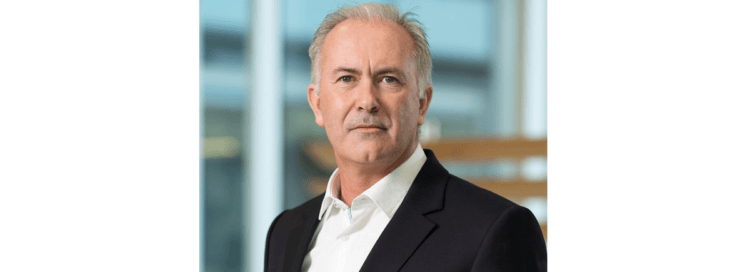Capital Group is looking to combine the strengths of an established name with the appeal of a challenger brand as it expands in Europe and Asia-Pacific, says its Co-Head of Global Marketing.
James Cardew, who took on the global role in December, has focused his time on raising awareness of Capital Group’s services outside of the US and developing a business “more commensurate with the fact we’ve got a big investment engine outside the US.”
At its peak, Capital Group had $2.7 trillion in AUM, now around $2.3 trillion, it is one of the largest and most experienced investment management companies in the world. The firm has seen consistent success over a long period of time providing equity, fixed income and multi-asset products in the wealth space, primarily via the huge financial advisor community in the United States and increasingly in the retirement segment there.
Capital Group is celebrating 50 years of fixed income investing and in the past ten years, it has doubled the size of its fixed income business, making it the fourth largest active fixed income manager in the world.
The firm previously had a reasonably large business outside of the US, which contracted after the financial crisis. This belies the fact that while about 90% of the firm’s assets are in the US, around 35% of its investment professionals reside outside the US.
Guidance with guard-rails
James’s position was created as part of a broad rethink of the company’s marketing structure, which aims to get marketers closer to clients.
The rethink created four big global capabilities: thought leadership, marketing operations, media strategy and global brand, the latter of which James leads.
Part of the job has been explaining that “this is what the brand team is there to do, this is how you measure us, this is what you can expect and this is what it’s going to cost.”
He adds that he “believe[s] that things like brand, budget processes and lead agencies need to be managed with a fairly heavy central hand. It often involves incredibly complex procurement processes, so it needs the rest of the business to support it.”
He refers to his role as providing central “guard-rails”, allowing teams to operate with as much freedom as possible to achieve their goals at the local level so that they can be “relevant, reactive and responsive to client needs”.
In the US, Capital Group is the number one player in the advisory channel “by a mile”, whereas outside the US, it is a challenger brand.
“You’ve got to allow the flexibility within Europe and Asia-Pacific to be a challenger brand, while defending the enormous book of business and fantastic client base in the US. This requires showcasing nuances of the same brand.”
There is “undeniably a balancing act” around this, James says. He and his team are cognisant of how perceptions and awareness of the brand differ in different markets.
“What you tend to find with us outside of the US is we’ll be dealing with 10% to 15% of the market who absolutely love us, our challenge is to get to the rest of the market to talk to us too.”
For example, while in Japan Capital Group is a top ten player, there is more to do in other parts of the world and Europe in particular.
“In the UK, we’ve got a fair way to go. In places like Spain, Switzerland and Singapore we’re getting there.”
He adds that often trying to differentiate a particular firm can be an uphill battle. Brand to James is emphatically “not advertising awareness”, but comprises customer experience and product results too.
It also includes “the quality of investment professionals clients deal with because often the most sophisticated investors want to meet the fund manager.”
By contrast, 20 or 30 years ago, the expectation was that having good results would attract clients.
“I think that’s not enough anymore. You need your results to be up there, you need your product line-up to be hyper-relevant, and you need a fantastic, thoughtful sales unit.
“You’ve got to bring value-added services to the picture these days, so sales enablement and training are massively important. Then you’ve got to have a brilliant communications ability as well so you can get all those things working together.”
The thing that’s changed the least is the money management, James says.
“The product piece, the sales piece and the marketing piece are all completely different.”
James also argues that pan-regional distributors wish to see that firms have the ability to deliver on multi-regional campaigns.
“When I started out campaigns tended to be various cuts of an ad, a press release, a brochure with legals and an application form.”
By contrast, a medium-sized campaign today could involve 50-60 deliverables that need to be orchestrated, synchronised and delivered.
“On the whole it is much harder to pull campaigns together these days and get things out.”
Subscribe to our Weekly Newsletter

